As someone with a background and passion for science, I often find myself contemplating the mechanics behind folk tales and legendary creatures. When the waterhorse is always large enough for another rider, does that mean that it has dynamic vertebrae? What is the unicorn horn made of? Is it so rare because its brethren have been poached for the fabled properties of the said horn?
While some may feel that this takes the magic out of the exercise, it serves as a much more integral process. The process of evolution. If you begin to examine the properties of these beasts you can begin to understand how to change these into something entirely new. You will come to some startling conclusions, namely, the fact that dragons are insects and wyverns are bats. Period.
In this article, I am going to focus on these two mythical creatures and what led me to these conclusions. Hopefully, it will illustrate to you the approach I took and the incredible results that this exercise can yield.
Dragons are Insects
According to the most basic definition of insects, an insect is a
small arthropod animal that has six legs. Ignoring for a moment the differences between reptilian and anthropocentric digestive and circulation systems, let's look at how many limbs each have.
At first glance, this logic already seems flawed. Everyone knows that dragons only have four limbs. Any more it becomes an offshoot super-dragon, any less and it is a wyvern (or at least a three-legged odyssey who lost a leg before it realized that glittering scales were not a sign of treasure).
According to the evolutionary model, whether or not you agree with it is inconsequential, there are two kinds of limb developments. The first, which does not concern us here, is
analogous structures. Analogous structures are similar structures that evolved independently in two living organisms to serve the same purpose. This refers, for example, to the completely different structures of a butterfly wing and a batwing, both of which are used for flying.
The second type of evolutionary structure is the
homologous. Homologous structures are skeletal features that are very similar in structure but serve different purposes. The most commonly cited example of this, which is also the most relevant, is the peculiar similarity between the bone structure of the arm, wing, fin, and hoof.
So with a twist of logic and a leap of faith, it can be concluded that a dragon wing has the same structure as a hand, resulting in a six-legged creature: An insect. Sure, this is hardly a waterproof conclusion, but it opens up an entire realm of possibility. If a dragon is an insect, it can have a head thorax, and abdomen. Does the dragon go through a pupal stage? Imagine an ash-covered terrain in the shadow of a volcano, scattered with diamond chrysalides that are meters long and stand well above your head. Through the walls of the chrysalis you can see a massive shape turning and moving, the nubs of wings pressed tight against the diamond. The dragons' horns may be there to protect delicate antennas and they may taste with their feet.
By applying just a few of these small changes, you create an entirely new version of a dragon, while maintaining enough familiarity for your reader or player that it does not completely depart from their much-loved creature of legend.
Wyverns are Bats
My process for this was much less lengthy and based more on observation. Many people often confuse dragons and wyverns. The method for differentiating between the two is simple, a dragon has forelimbs while the wyvern has none. A quick foray into nature reveals that there is an animal that fits this description exactly: The bat.
This once again gives rise to an entire plethora of possibilities. You can have a wyvern with a hairy body and enormous ears. The entire species can communicate using echolocation. Picture them hanging upside down on the edge of ledges in a turbulent sleep. What batlike characteristics do they share? Do they feed on fruit or blood? Are they mammals? Do they have magnetoreception and terrible eyesight?
Slightly tweaking the traditional perception of a beast into one with familiar properties is a way to create wonder and newness.
Period
The real point of this article is to illustrate how you can create new species without deviating too far from the familiar. It requires creativity, and sometimes a wandering brain at midnight, but by drawing parallels with what we know we can create an exponential amount of variety. Although I did not go too much into the mechanics of creatures in this article (perhaps I will in a future one), it is another way to create unique biology and creature habits. A dragon needs to generate heat to produce flame? Maybe there are sprawling desserts of dragons lying belly up in the sun.
Examples of This in Literature
Although my personal approach to this method is more than just a little pseudo-scientific, to say the least, there are incredible authors out there who manage to execute this with wisdom and panache. Oddly enough, these often all into the category of science fiction, rife with modern technology and speculative forays down the evolutionary chain. I highly recommend these as enthralling reads of masterful world-building.
My personal favorites include the work of Adrian Tchaikovsky - in specific regarding this topic, The Doors of Eden - and Neal Stephenson's Seveneves.
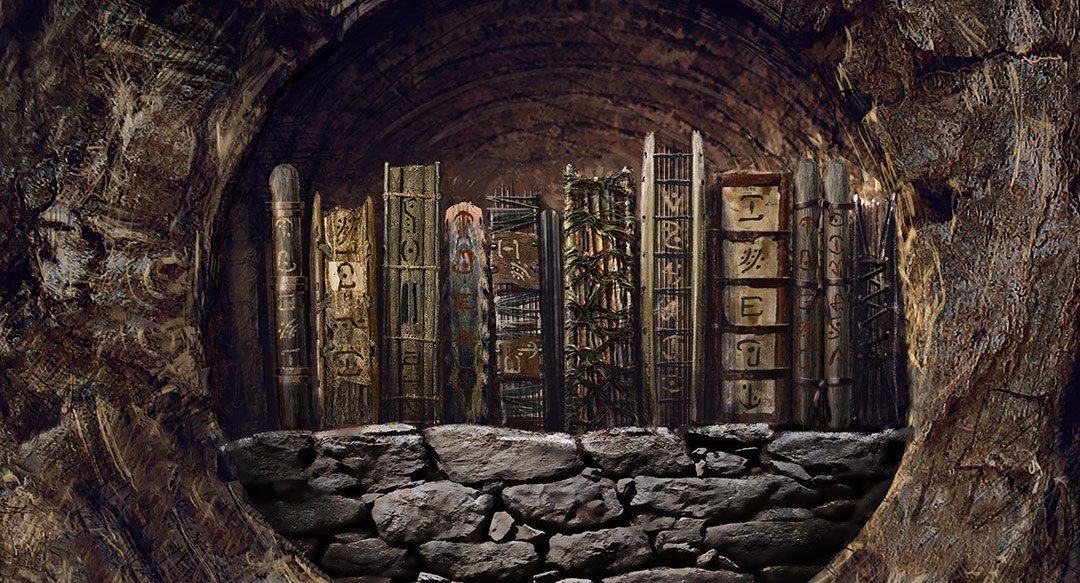
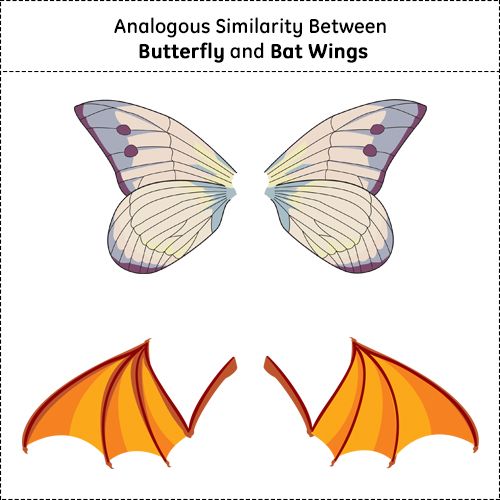
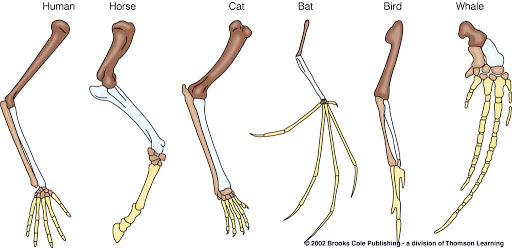
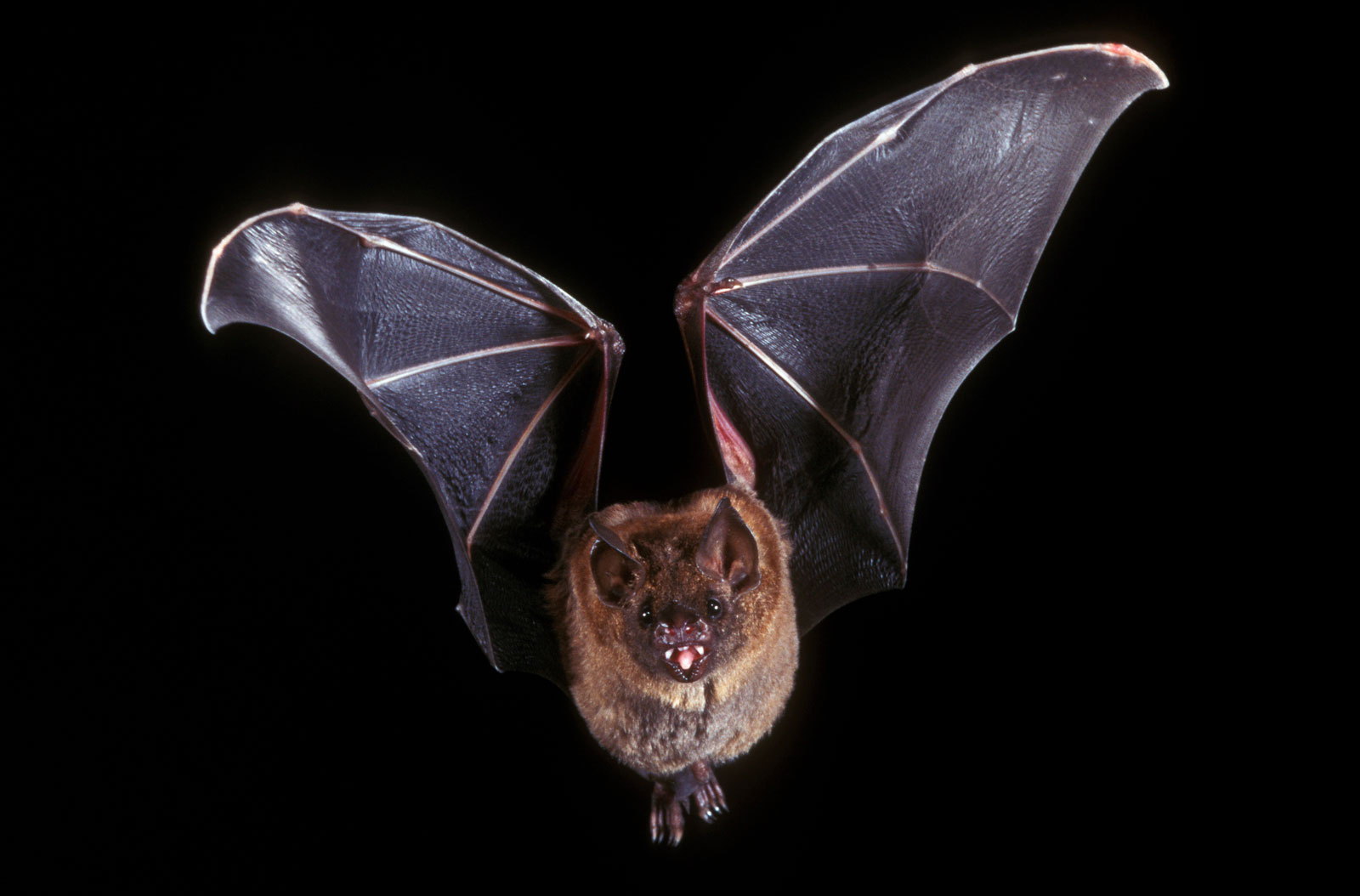



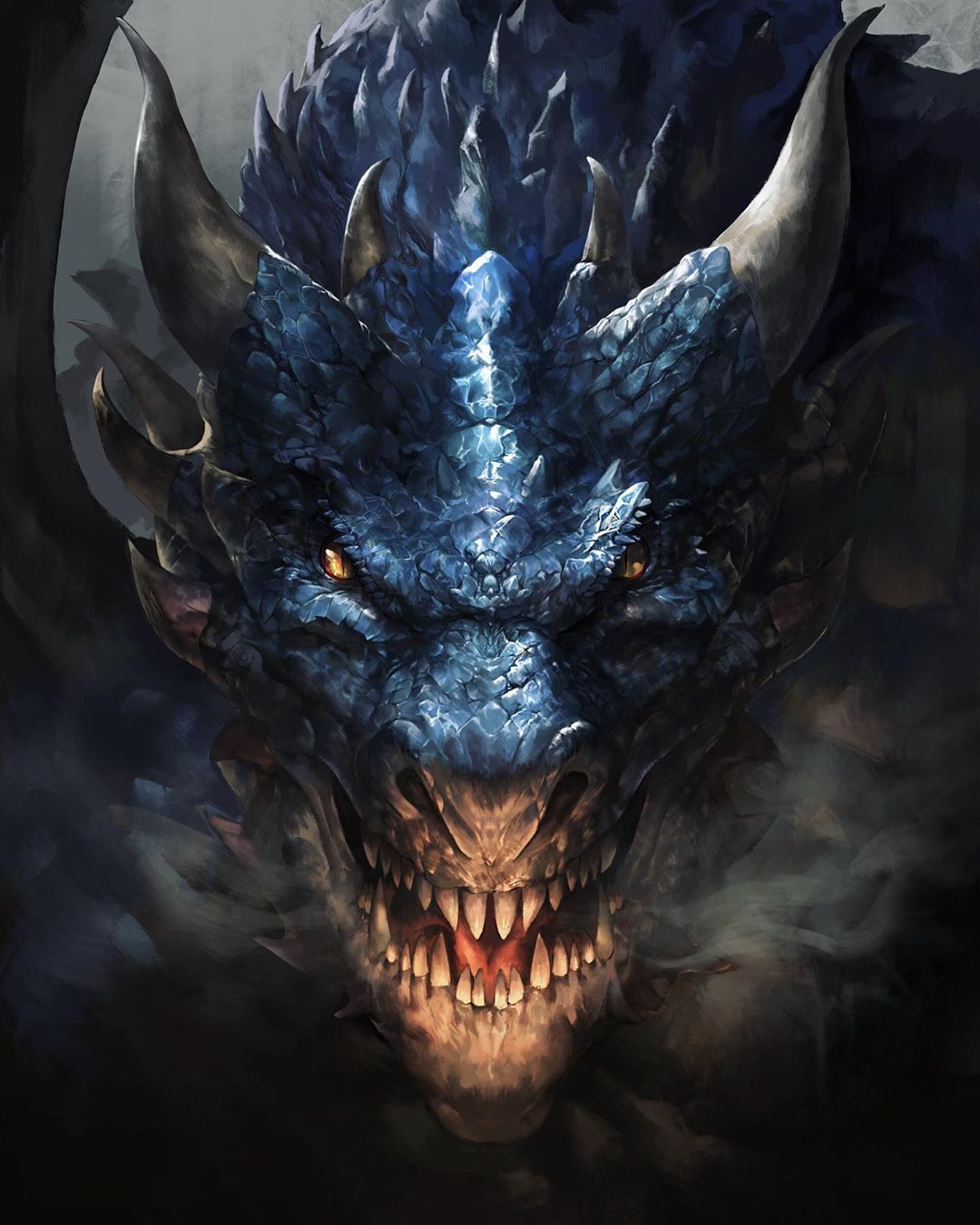






Oh hey! Thanks for the insight. I hadn't really thought of it that way before and it's something I'll have to try out I'm thinking.
Hi Marie! Great to get some feedback. Would love to see how this turns out and how it works for you. Drop me a link.